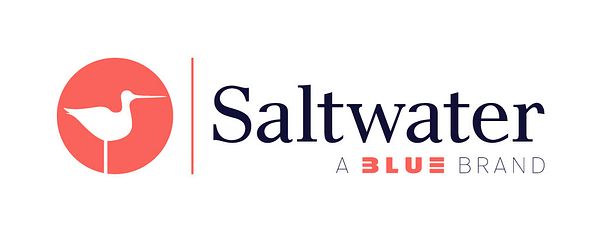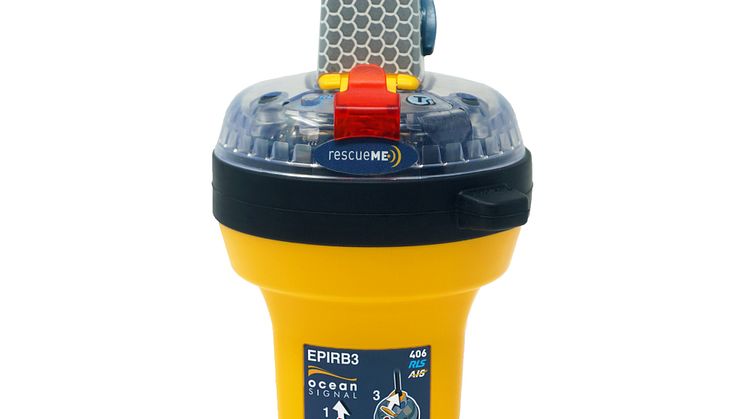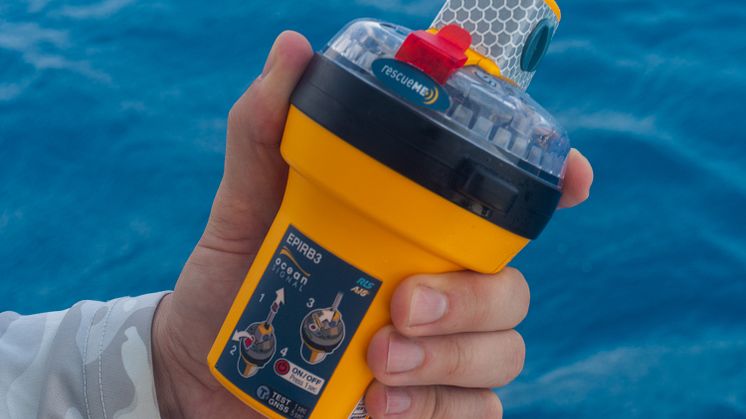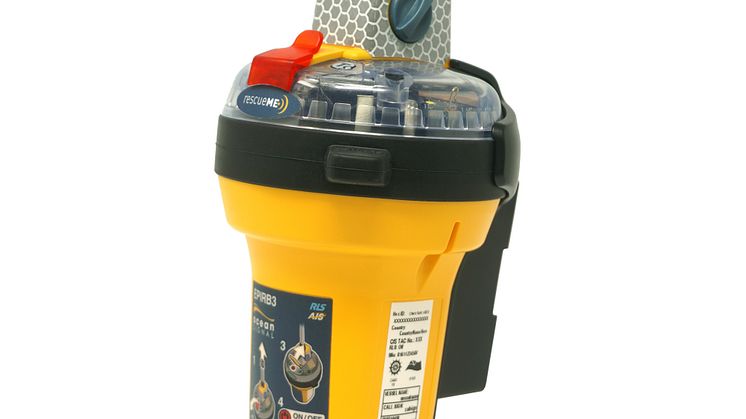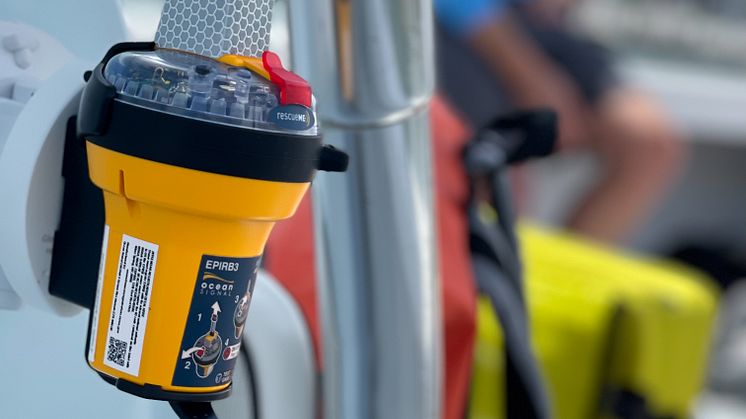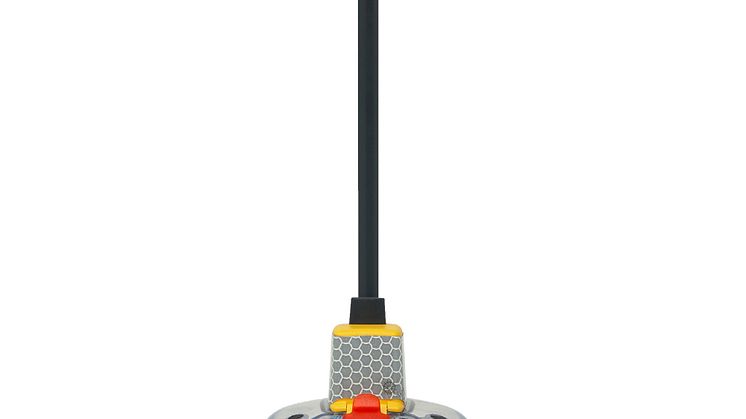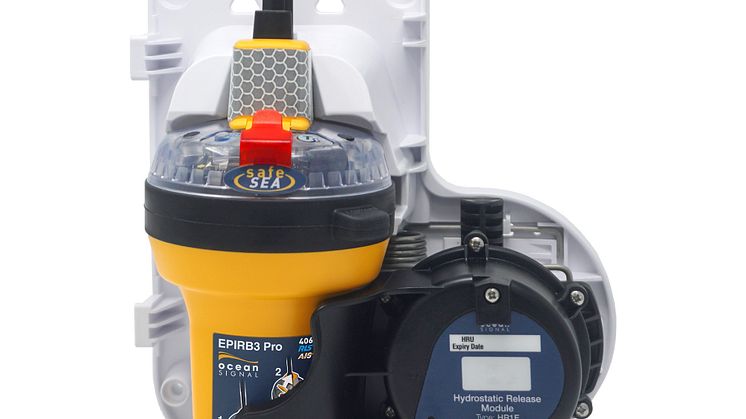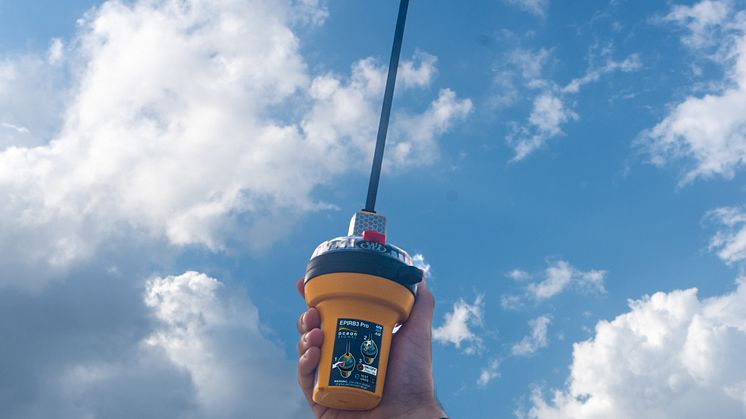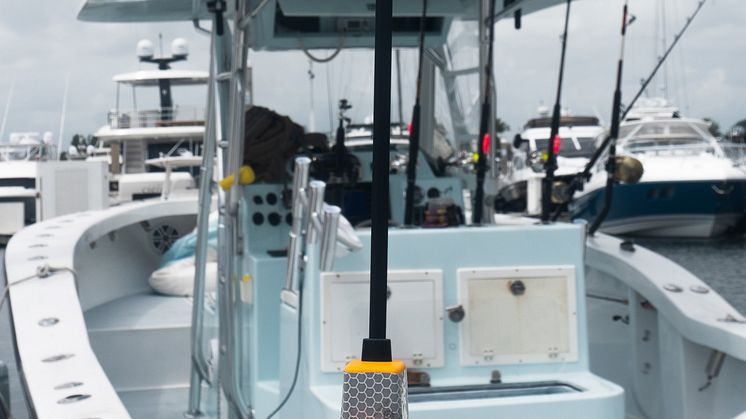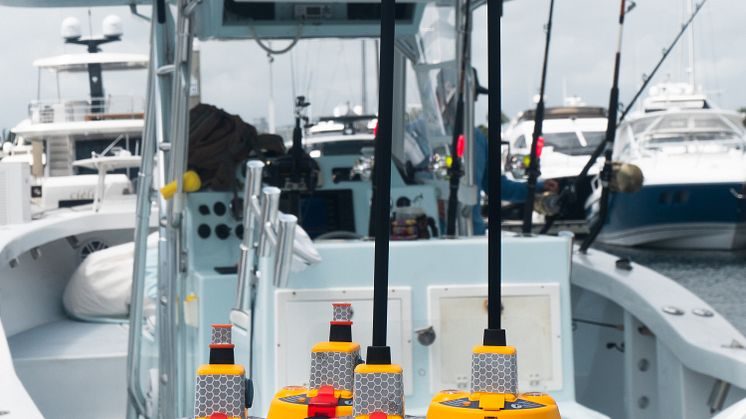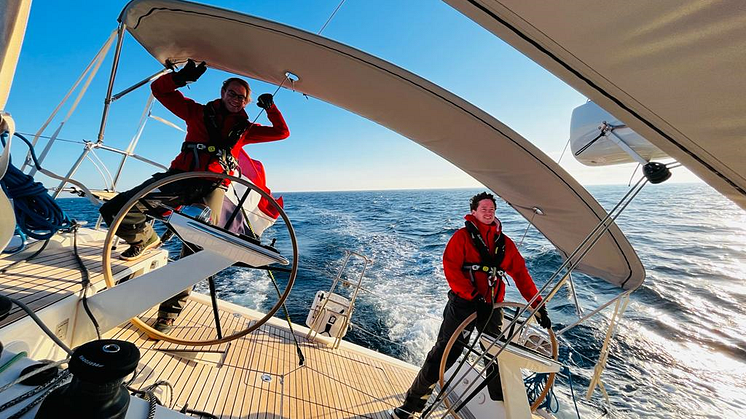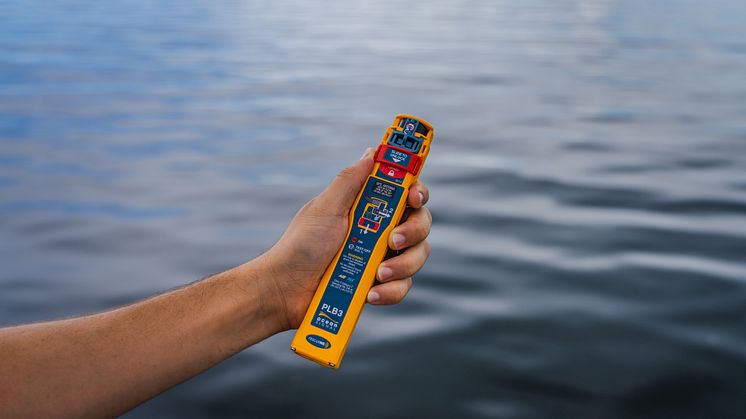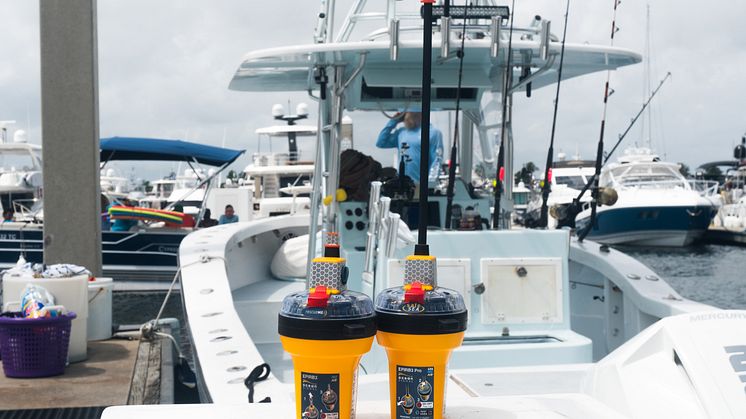
Press release -
METSTRADE 2022: Ocean Signal Announces Cospas-Sarsat Approval for World’s Most Advanced EPIRBs
METSTRADE 2022, 15th to 17th November, Stand 03.438
Press Event: All media invited to the stand on Tuesday 15th November at 12pm
In a long-awaited development for the marine industry, Ocean Signal is announcing Cospas-Sarsat approval for the world’s most advanced EPIRBs – next-generation devices combining the power of the latest safety technologies.
The Ocean Signal rescueME EPIRB3 and SafeSea EPIRB3 Pro beacons feature integrated AIS (Automatic Identification System), NFC (Near Field Communication) technology for use with the free Ocean Signal mobile app, and compatibility with Return Link Service (RLS) alerting. The slim, lightweight beacons, with 10-year battery life, also include GNSS (Global Navigation Satellite System) positioning, 406 MHz Cospas-Sarsat distress signal with MEOSAR compatibility and 121.5 MHz local homing signal.
The result is a fully-featured beacon which significantly increases the speed of location and aid, enhancing the chance of rescue in an emergency for recreational and commercial users, whether cruising, fishing, working or sailing offshore. The EPIRB3 is available with a Category II manual release bracket. The EPIRB3 Pro comes with the Category I auto release, float-free bracket providing full IMO regulatory compliance for SOLAS vessels.
Carried by a vessel, an EPIRB (Emergency Position Indicating Radio Beacon) is traditionally activated in a life-threatening event, such as sinking, medical emergencies, collision and accidents, to transmit a 406 MHz distress signal via the Cospas-Sarsat satellite system to contact global rescue services.
By incorporating AIS within its beacons for the first time, Ocean Signal can now offer EPIRB3 owners the extra reassurance that other nearby vessels will also be alerted in an emergency. A distress signal will be received by all ships, boats and aircraft equipped with AIS in the vicinity, enabling them to respond with immediate assistance. The EPIRB3 has an infrared strobe, as well as visible light, to facilitate rescue in poor visibility or at night.
Offering more comfort in an emergency, the EPIRB3 series is compatible with Return Link Service alerting technology and can provide confirmation that the international satellite system has received a distress message and location.
Ocean Signal has also introduced NFC technology into the EPIRB3 and EPIRB3 Pro, delivering a new way for beacon owners to monitor their beacons, review self-test results, view GNSS test locations, and monitor beacon performance and maintenance. By simply holding a mobile phone over the beacon’s designated NFC area, the latest beacon information is automatically transferred into the Ocean Signal mobile app on the phone to review. The benefit is that the power used for communication comes from the mobile device, not the beacon.
James Hewitt, Managing Director, Ocean Signal, said: “We are delighted to introduce these next generation EPIRBs which not only exceed the new EPIRB mandate requirements, but also provide our customers with the technology and features they have been asking for. The feedback and demand from our customers about the features they want are clear, so we have listened and incorporated innovations within our new EPIRBs that will set new standards in the industry.
“The combination of an accurate location received via the Cospas-Sarsat satellites and an AIS signal from the EPIRB will enable Search and Rescue authorities to direct search efforts via satellite communications to the area of the incident, whereupon the ship’s own AIS equipment will enable them to locate the EPIRB, thus effecting a speedier rescue in remote locations.”
The advanced Category I Ocean Signal beacon meets new updated IMO (International Maritime Organization) Maritime Safety Committee EPIRB regulations which came into force on July 1 2022. The new IMO rules state that vessels under SOLAS regulations will have to fit a new EPIRB with an internal AIS locating signal and an internal GNSS receiver, along with the 406 MHz and 121.5 MHz transmitters, when current devices are due for replacement.
Recreational boats and other non-SOLAS vessels can continue to install the EPIRBs permitted under their national regulations, with many countries expected to enforce the IMO AIS EPIRB mandate in one to two years’ time due to the life-saving benefits offered by these new beacons.
The IMO updated its EPIRB requirements in June 2019 to instigate essential improvements in performance and design of one of the most important safety devices carried onboard by a range of recreational and commercial vessels.
Ends
Note for editors:
- Product images, specification sheets and more information are available here:
rescueME EPIRB3: EPIRB3 - Dropbox
SafeSea EPIRB3 Pro: EPIRB3 Pro - Dropbox
- This device has not yet been authorized as required by the Rules of the FCC and does not comply with the requirements of RED (Radio Equipment Directive). This device is not, and may not be offered for sale or lease, or sold or leased until such authorization is obtained.
For further information, please contact:
Mikele D’Arcangelo
Ocean Signal / ACR Electronics
Tel: +1 954 862 2115
E-mail: mikele.darcangelo@acrartex.com
Jules Riegal
Saltwater Stone
Tel: +44 (0)1202 669244
j.riegal@saltwater-stone.com
Related links
Categories
About Ocean Signal
Communication and safety at sea specialist Ocean Signal™ is driven by its key commitment to saving lives. Setting the highest industry standard in technology innovation and quality of product, Ocean Signal is a worldwide leader in the design and manufacture of satellite and terrestrial emergency rescue beacons based upon VHF/UHF, AIS, DSC, GNSS and battery technologies. Its best-in-class range of survival products includes Emergency Position-Indicating Radio Beacons (EPIRB), Personal Locator Beacons (PLB), Man Overboard (MOB), Search and Rescue Transponders (SART), VHF radios, Automatic Identification System (AIS) transponders, electronic distress flares and more. Ocean Signal products provide maritime, governmental and military, aviation, as well as outdoor users the confidence that their equipment will work to, and beyond, their expectations when it is required most. For more information, go to www.oceansignal.com.
Ocean Signal operates within the ACR Group of companies, which spans a portfolio of brands including ACR Electronics, ARTEX, Bivy, United Moulders Ltd (UML), SKYTRAC, Flight Data Systems, Latitude Technologies, NAL Research, and FreeFlight Systems. As a world leader in safety and survival technologies for over 65 years, ACR Electronics is the foremost development center for emergency beacons, manufacturing and supporting cutting-edge rescue beacons and survival equipment for the marine, aviation, outdoor and military markets. For more information go to www.ACRARTEX.com.
